Gazing out at a bamboo forest that seems to be plucked from an ancient samurai story we’re ready for lunch. Our dining room at Juntei restaurant is a private space with a long gleaming table hiding a sunken floor. We are guided to our cushioned seats and carefully stuff legs and feet under the table. The menu is fixed and seasonal. The parade of food is about to begin with colorful dishes, fresh seafood, and costumed servers seeing to our every need. Juntei is the ultimate dining experience in Japan and few foreigners will ever find this hotspot.
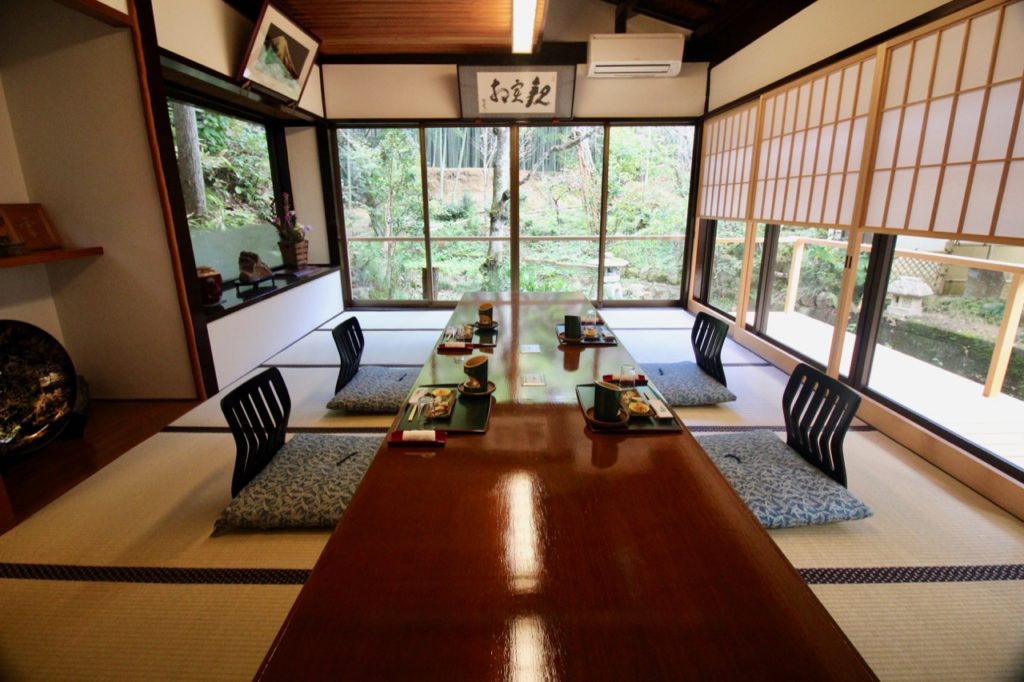
Back in 1998, my wife and I went to Japan so I could meet her relatives. On that first trip, I met the amazing Mrs. Tani, a friend of the family. Mrs. Tani lived in Kyoto and met us at the train station upon arrival. She loved taking us around her town and the first place she took us was Royal Host, a chain restaurant similar to Dennys. Mrs. Tani thought I’d be like most Americans and not enjoy eating only Japanese food.
It would have been rude to decline this thoughtful choice so I went along with the plan and ate virtually nothing. The night before we’d gone to China Town in Tokyo and I over-indulged in hot and spicy Chinese food and sake. I could hardly stand the sight of food that first day in Kyoto, especially Royal Host style after the Chinese dinner.
When in Japan, eat Japanese food
Mrs. Tani didn’t speak much English and my wife doesn’t speak Japanese well. We struggled with relating that I wanted to eat only Japanese food. The message was well received and after that Dennys-like experience, Mrs. Tani took us to some of Kyoto’s best restaurants. Located on the edge of Kyoto at the foot of the mountains in a bamboo forest, Juntei is unique. Juntei serves Kaiseki. This type of dining is the Japanese multi-course meal served on small plates. Each plate and bowl is selected to provide the diner with a meal not to be forgotten. Decorations on some plates and bowls rival the beauty of the food.
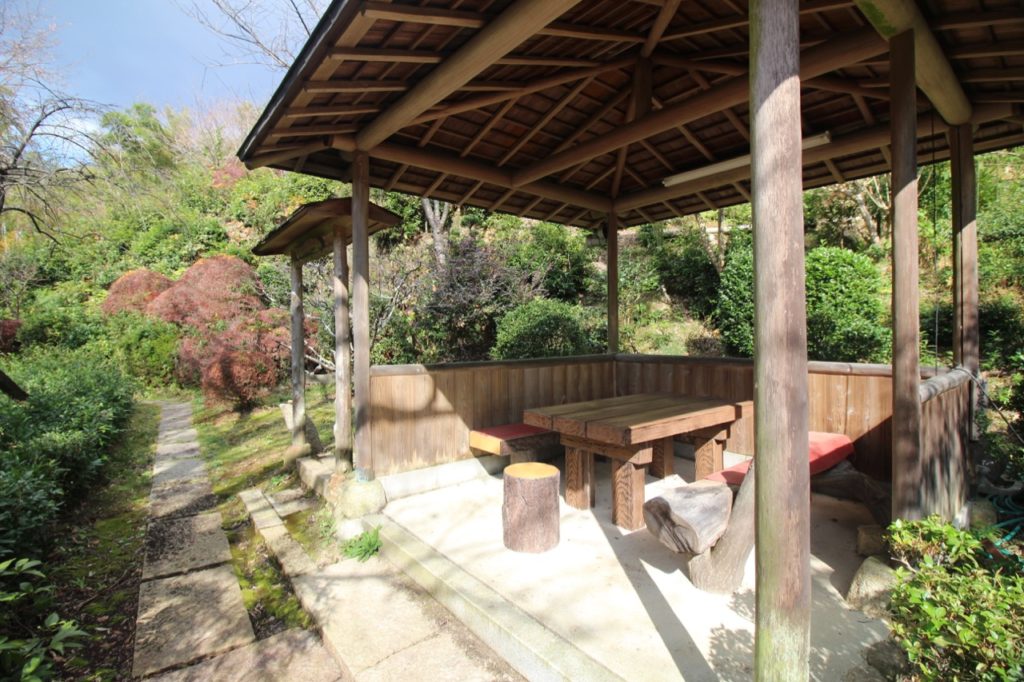
Juntei restaurant is located next to the bamboo forest reflecting the love of bamboo shoots in Japanese cuisine. These shoots arrive each spring and are treasured for their versatility in soups, salads, and garnishments. Spring is the best time to eat at Juntei, but any time of year will do if you can’t visit in spring.

It had been over 10 years since we had first visited Juntei and were excited to return. November of 2018 provided an opportunity to sample kaiseki in the forest again. My in-laws would join us on this trip to Japan as guides and interpreters. The four of us booked lunch well in advance for our first day in Kyoto. We stopped at the visitors center inside Kyoto Station for directions to Juntei. A local train took us to Katsuragawa station where we caught a taxi to Juntei. At the restaurant, we were offered time to take a self-guided tour of the gardens and bamboo forest before our feast. Walking into the bamboo patch I could feel the temperature drop and the air felt fresh and alive.
Let the feast begin
All guests are given a private room to dine in at Juntei. Our room would have accommodated up to eight and looked out on the bamboo forest. There are no menus in English, but I didn’t care. I just sat back and eagerly awaited the arrival of the first of many courses to come. The first course came out on a brown rectangular plate.
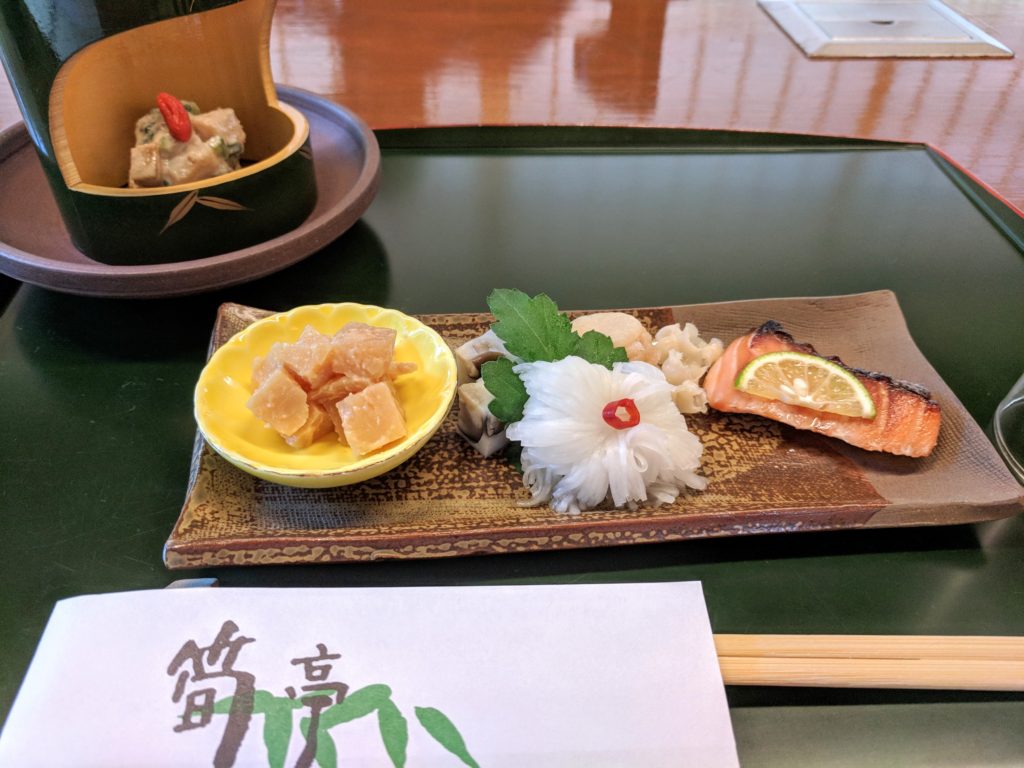
This first round had teriyaki salmon, bamboo shoots cooked in sake lees, bamboo in peanut sauce, a scallop, and a daikon radish fashioned like a sea anemone. We ordered sake to pair with the meal and dug in with gusto. The salmon was firm and delicious. The scallop was ultra-fresh and paired well with the bamboo shoots and sake.
The second course was a sashimi set of sweet shrimp, flounder, and shiso flowers. This beautiful arrangement was almost too pretty to eat, but eat it I did! At Juntei restaurant, this type of shrimp was not like the crappy kind you get in most US sushi restaurants. The shrimp had a delicate and slightly sweet taste. The flounder was tender and delicious leaving me wanting more of both. Juntei should get an award for this being one of the prettiest shrimp dishes ever.

Next up was kabocha (Japanese pumpkin) and tiny mushrooms in a cornstarch-thickened broth. I love eating kabocha in Japan. The chef cut a slab of pumpkin and topped it with purple flower petals, grated ginger, kombu (seaweed), and red bell pepper.

Must be shrimp season at Juntei restaurant
Another shrimp dish followed decorated with a broccoli floret and served with cooked bamboo shoots cooked in dark miso. Served on a round plate with a brown and white pattern made for a traditional look I’ve seen many times. I relished the broccoli as it’s not often I get such veggies in Japan.

A tempura set of fish, green beans, and mushroom was served on a blue-green flower petal designed dish. Dipping the tempura in the sauce made for a swoon-worthy expression. I tried to control myself, but the quality of the food and setting made self-control difficult. I mean, how often do you get to dine on the edge of a bamboo forest eating the best kaiseki ever?
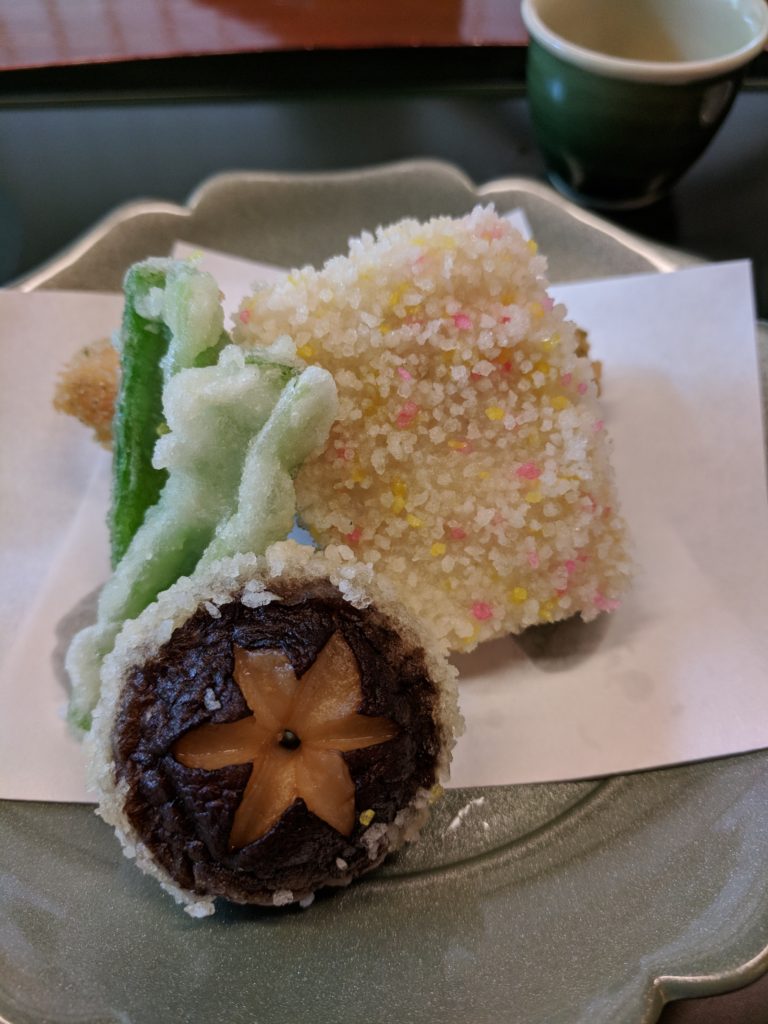
The servers came in and fired up the bamboo log for the tofu course. Who knew bamboo was useful as a soup pot? While the tofu was cooking in the bamboo pot, the next course arrived. We pounced on the pickled cucumbers topped with shrimp with a triangle-cut lemon wedge. Pickles are often served in Japan and vary in intensity and type vegetable used.
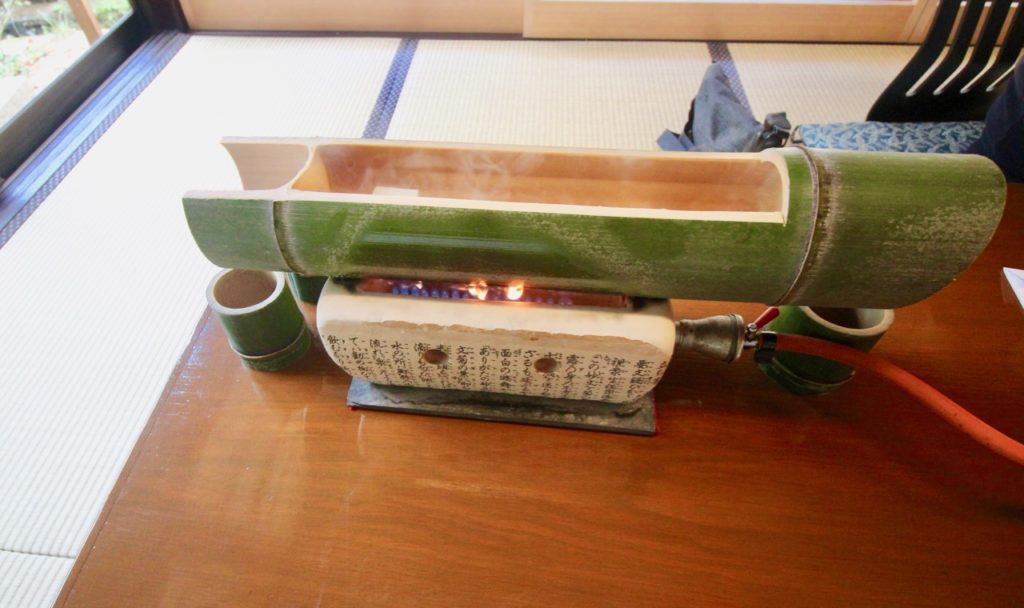
I watched the servers catch drops of bamboo resin that bled from the end of the log. The server took a tiny bit of bamboo resin to add in our sake glass. I found it quite bitter and preferred my sake without bamboo juice.
Maybe there’s some health benefit to drinking the bamboo resin, but I’ll pass next time it’s offered. The tofu was cooked in a vegetable stock with kombu, soy sauce, and green onions. Even if you think you don’t like tofu, in Japan, they prepare it so well it’s worth trying. I thought the tofu dish was excellent.
The end is near
The last of the main dishes was a rice set. Three lacquerware bowls featured rice with chestnuts, pickled vegetables, and tofu skin with greens in a broth. The rice was my favorite, but I was getting stuffed after nine of ten courses. I love tofu skin and its leathery texture. Cooked in different types of broth, this is a dish you have to try when in Japan.
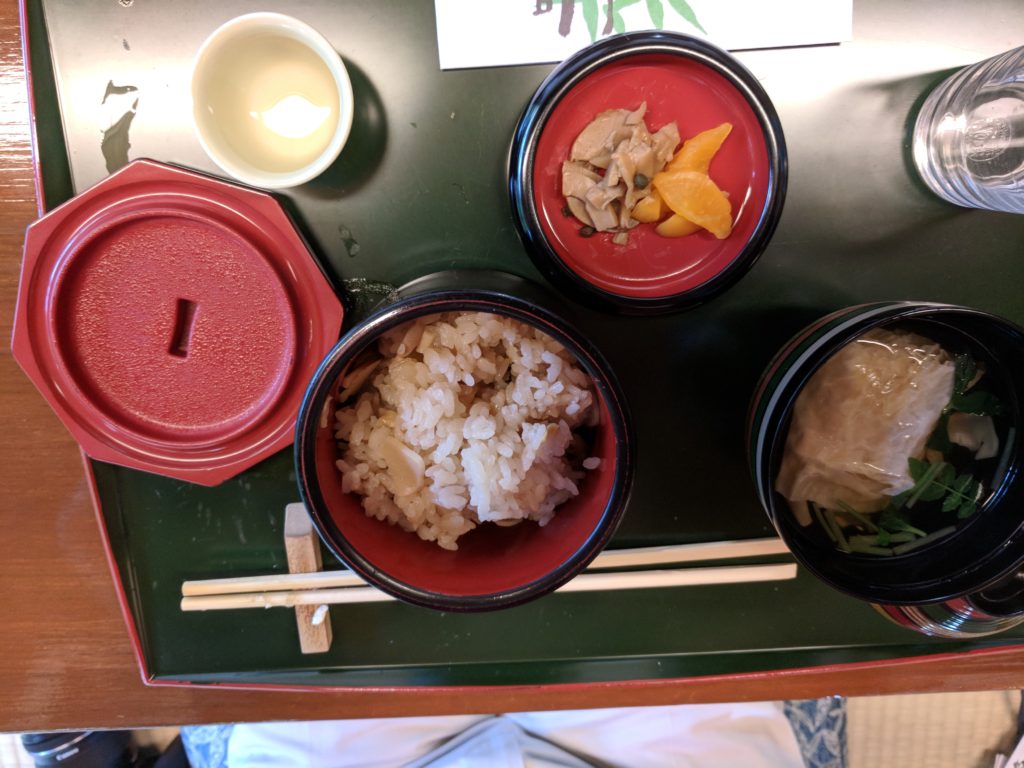
At last, with dessert, the end of the food parade was delivered. We were given fresh persimmon and orange slices to end a fantastic meal. Hot tea and cool water were poured from stylish vessels. Such an eye for detail in every aspect of the meal!
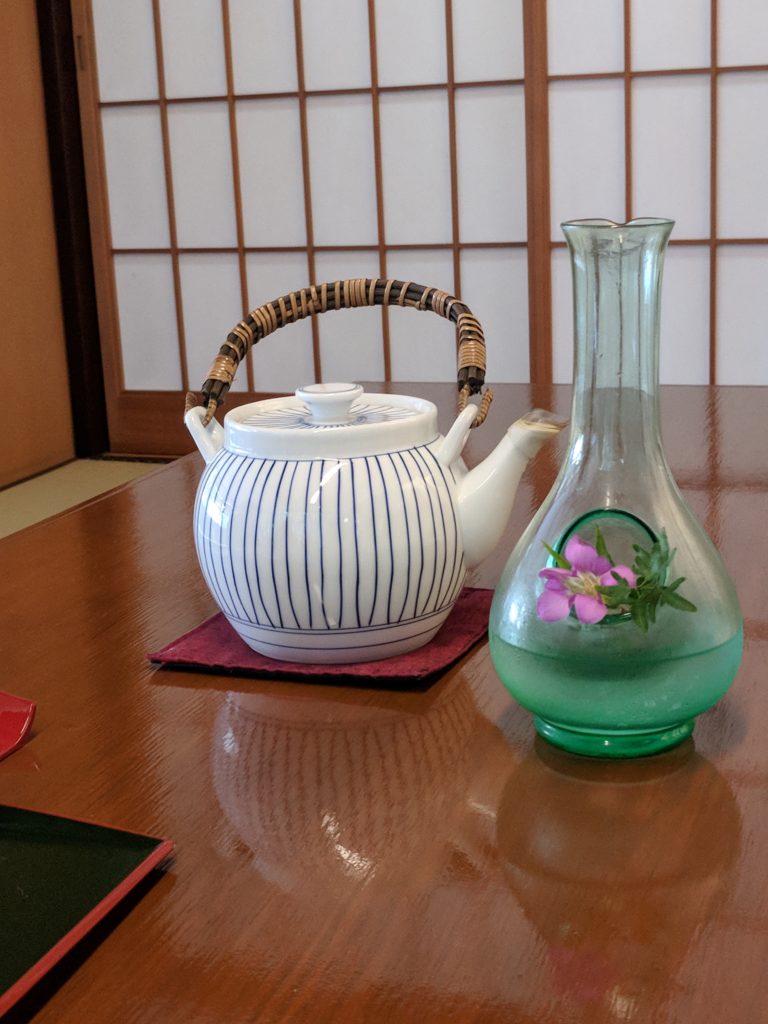
We left fully satiated and checked out the shop selling bamboo products before heading back to Kyoto. The owner came out and saw us off. We asked if she remembered Mrs. Tani, and she said yes. We told her thanks to Mrs. Tani we tried Juntei restaurant years ago and were thrilled to come back again.
Note that if you go, Juntei restaurant takes reservations by phone only. If you don’t speak Japanese, have your hotel call and make reservations. I recommend staying at Sakura Terrace The Gallery, next to Kyoto Station. This hotel puts you in easy reach of Kyoto train station and the staff speaks English well. To see other excellent Japanese eateries, check out this post from my most recent trip.
Juntei 075-391-7191
50 Katagiharashigitani, Nishikyo Ward, Kyoto Prefecture 615-8164, Japan
 Copyright secured by Digiprove © 2019 Kurt Jacobson
Copyright secured by Digiprove © 2019 Kurt Jacobson
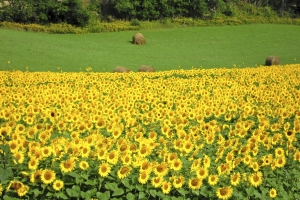
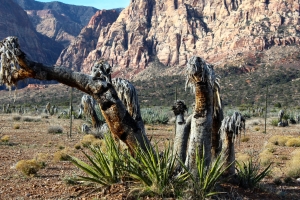
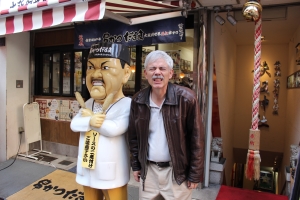
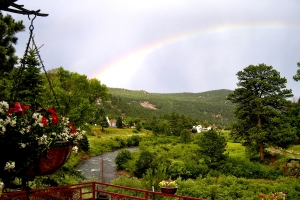
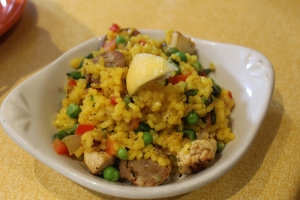

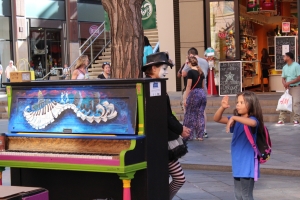

All looks so yummie. Very nice pictures. Thanks for telling me about this restaurant. Perhaps I will make it one day to Japan.
Best regards
Petra Leimbach
Thanks for your comments. I hope you do make it to Japan some day.
well, kurt, you have done it. you have awakened my taste buds and my curiosity. we’re planning on bamboo and lunch in kyoto, and thank you.
You’re welcome. I hope you enjoy it as much as I did.